"I was just a hideous student," says Murray as he recalls his childhood, "I was terrible in all my academic subjects and the only thing I had any ability in was drawing."

"I lived in a huge apartment house in the Brownsville section of Brooklyn. There were a hundred and eleven families on six floors. During World War Two there were these paper drives and people would deposit their newspapers and magazines in the incinerator rooms. A maintenance man would come around and collect them for the war effort. My father was a radical progressive, so we were never allowed to see the Journal American in our home - but they had all the great comics - so I used to guiltily take out Prince Valiant and Flash Gordon from the papers left in the incinerator room and take them into my room and hide them."
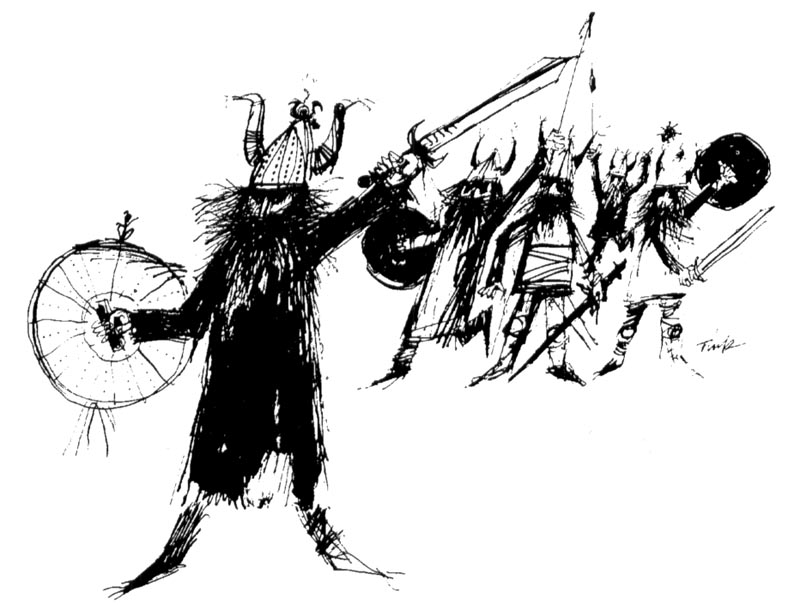
"The same thing with the Saturday Evening Post, which my father thought was antisemitic. But I loved the Post, so I'd tear off the covers and some of the interiors and hide those, too."
Murray would study the drawings of Alex Raymond and Hal Foster and try to copy them in his own drawings. "Even the way Prince Valiant was lettered," he adds.
He knew about Superman and Batman, but "comic books were a dime and there was no money in my family (or very little) so comic books were a real rarity for me." Which is ironic, because Murray's first job was working in a comic book art studio.
"I had just graduated from high school," Murray explains, "and my best friend in high school was Dick Giordano. He got a job at Iger Studios. We both interviewed the same day, but Dick was so much better than I was he got the job that same day. About three months later, I got a call to show up. I started at the same lowly job that Dick had started at, making thirty dollars a week, doing 'clean-up'. I would erase the pencil lines on the finished inked pages and I would rule the lines around the panels. And then I kind of graduated after about three weeks to doing backgrounds. And then after a while I graduated to doing figures. But no heads! One guy who was the shop 'boss' (Al something-or-other) did all the heads... male, female... and they all looked alike!"
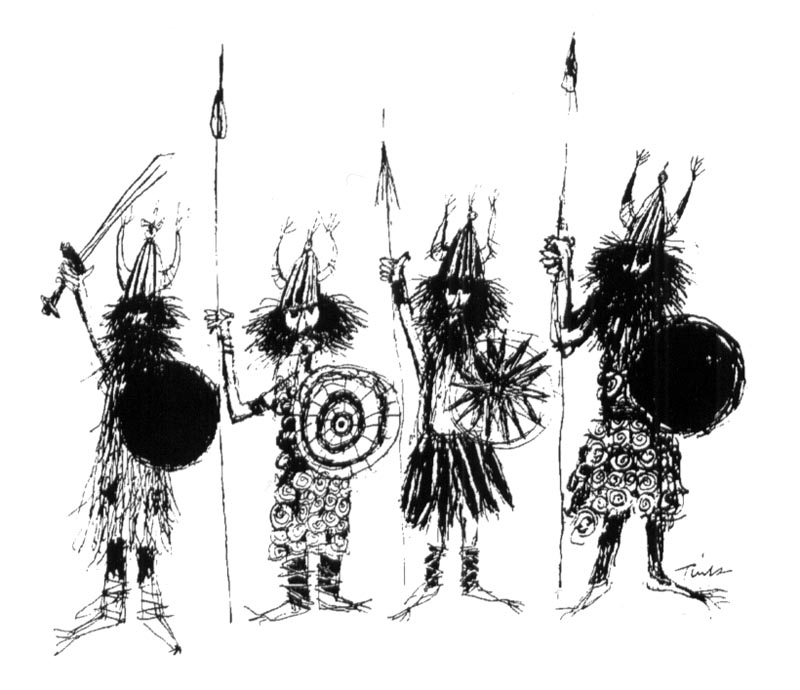
"But I was really awful... I was not very good... and I was fired. We worked from 8:30 to 4:30 and I got called down at 4:15 and I knew I was going to be fired. I had come in about 30 seconds late that morning and (Jerry) Iger was at the door, and he looked at his wristwatch. I said, "Are you checking your pulse?" But it wasn't because of that, it was because I really wasn't very good. So around 4:15 he called me down... I had already said goodbye to everybody. I cleaned my brushes and said, "I'll meet you at the bar around the corner." So he called me down and he said, "Well, we're a little slow..." and I said, "We're not slow, everybody's busy here." I just wouldn't go down quietly. My mother always said I had a big mouth."
"Iger said, "If you don't watch your mouth, we won't call you back" and I said, "Well, I'm not coming back anyway." and I left in a huff. I went down to the bar and ordered a beer and the entire staff came down to say goodbye to me. I didn't know what the future would hold, but I did know that I was going to join the Army, and get that out of the way."
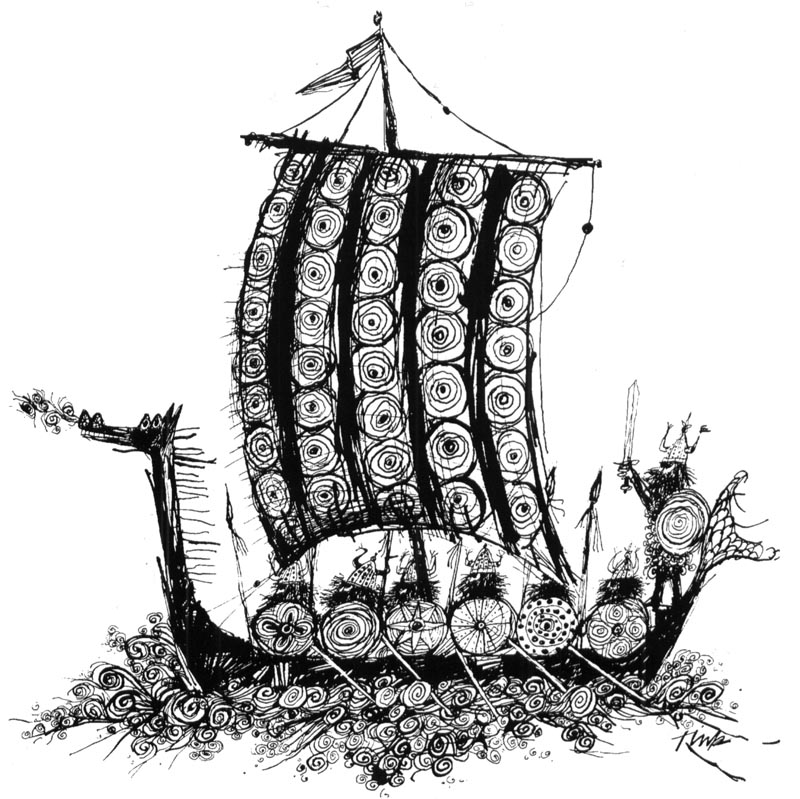
"It was the Korean War and many of my friends had already been drafted. I didn't really like the idea of getting shot at, and I had heard that the Army would accept a two-year enlistee, so I figured maybe it was better to get in and get out early."
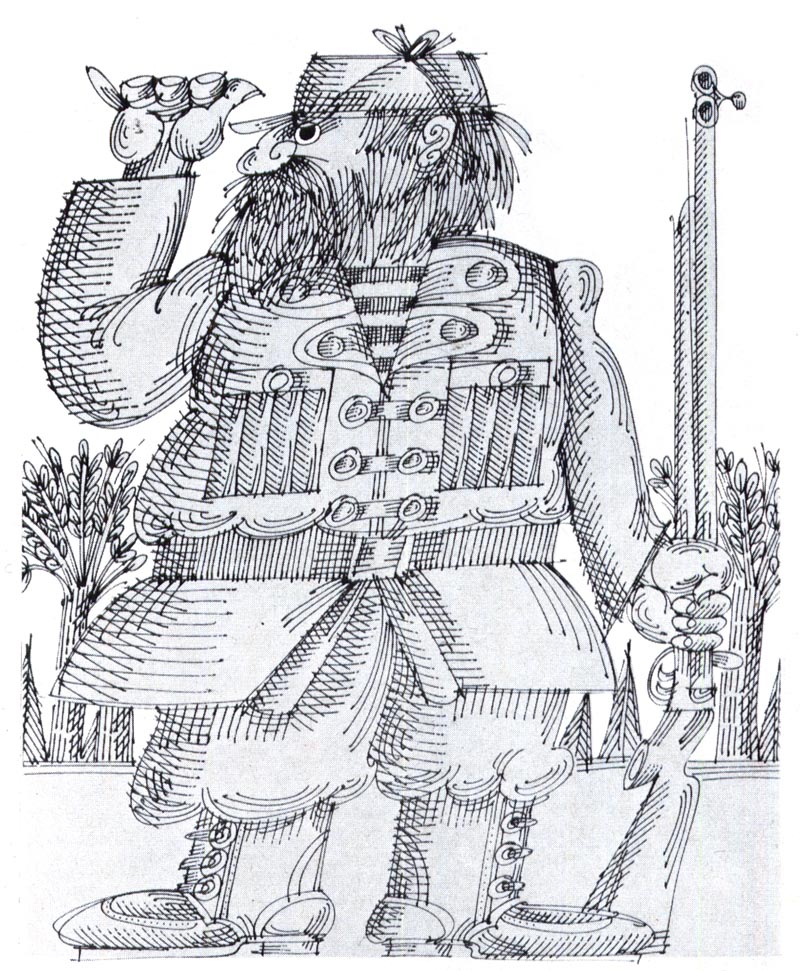
Murray spent his first year in the Army doing art work for training aids and posters. The second year he decorated cakes and painted "Welcome to Germany" signs for newly-arrived wives of officers. He even decorated cigar bands for officers whose wives had had babies.
When he returned to civilian life he attended Cooper Union in the evenings while working days at a series "dull paste-up jobs".

Murray says, "I went from the Army to Norcross Greeting Cards. I remember it was my first job out of the Army because my mouth was filthy with 'barracks talk'. I was the only male in the department and I was so embarrased because I would just say "Fuck you" - it was just automatic... even at home I would say "pass the fucking salt"... it was awful... I lasted about three months there. I got the lowest level job, called 'scaling'. Each day or so we would get a stack of finished comp art, same size as it would eventually be reproduced. And our job was to put it in a Lucie and blow it up to half-up, and then do a precise tracing of that finished art. We'd give that to the boss of the scaling group, who would give it back to the original artist, who would then do an actual piece of finished art which would be reduced by 1/3 for printing so everything would 'tighten up'. "
Murray left Norcross for American Artists Group, another greeting card company. He had managed to sell Norcross a few actual illustrations on a freelance basis and hoped to do the same at AAG. "I was making maybe $35 a week at this point," says Murray, "So I left American Artists for yet another greeting card company, Wallace Brown..."
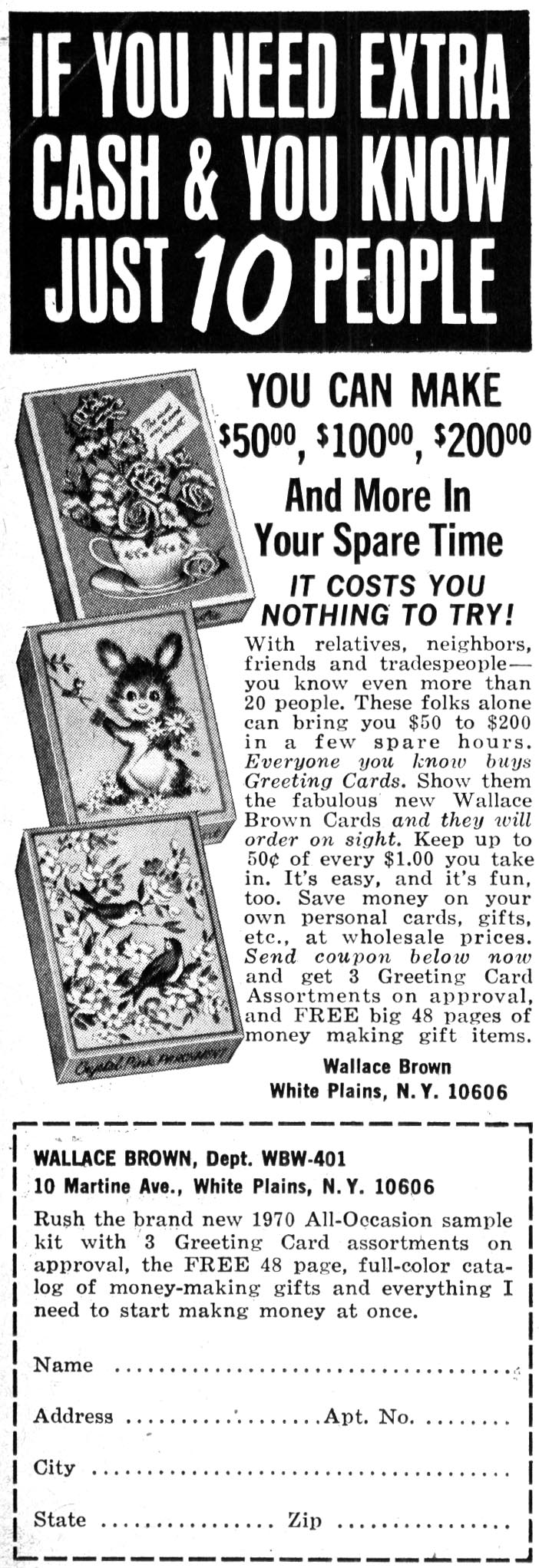
"... and at Wallace Brown I was making $50 a week -- but I was doing very, very well selling them groups of greeting cards for boxed sets, which would involve 12 to 24 individual paintings. I would look at what was being done and think, "well, if its good enough for Hallmark, its good enough for me." So I would do boxed sets of Christmas cards or boxed sets of Valentine cards.
And I was clinically depressed by the junk I was doing!"
* My Murray Tinkelman Flickr set.
* AND be sure to check out Charlie Allen's Blog for an amazing array of Charlie's 1950's billboard art for Chevron.
I didn't know any of this about Murray's background but I find it very, very easy to believe.
ReplyDeleteVery much enjoying these posts---bravo to Mr. Tinkelman....!
ReplyDelete